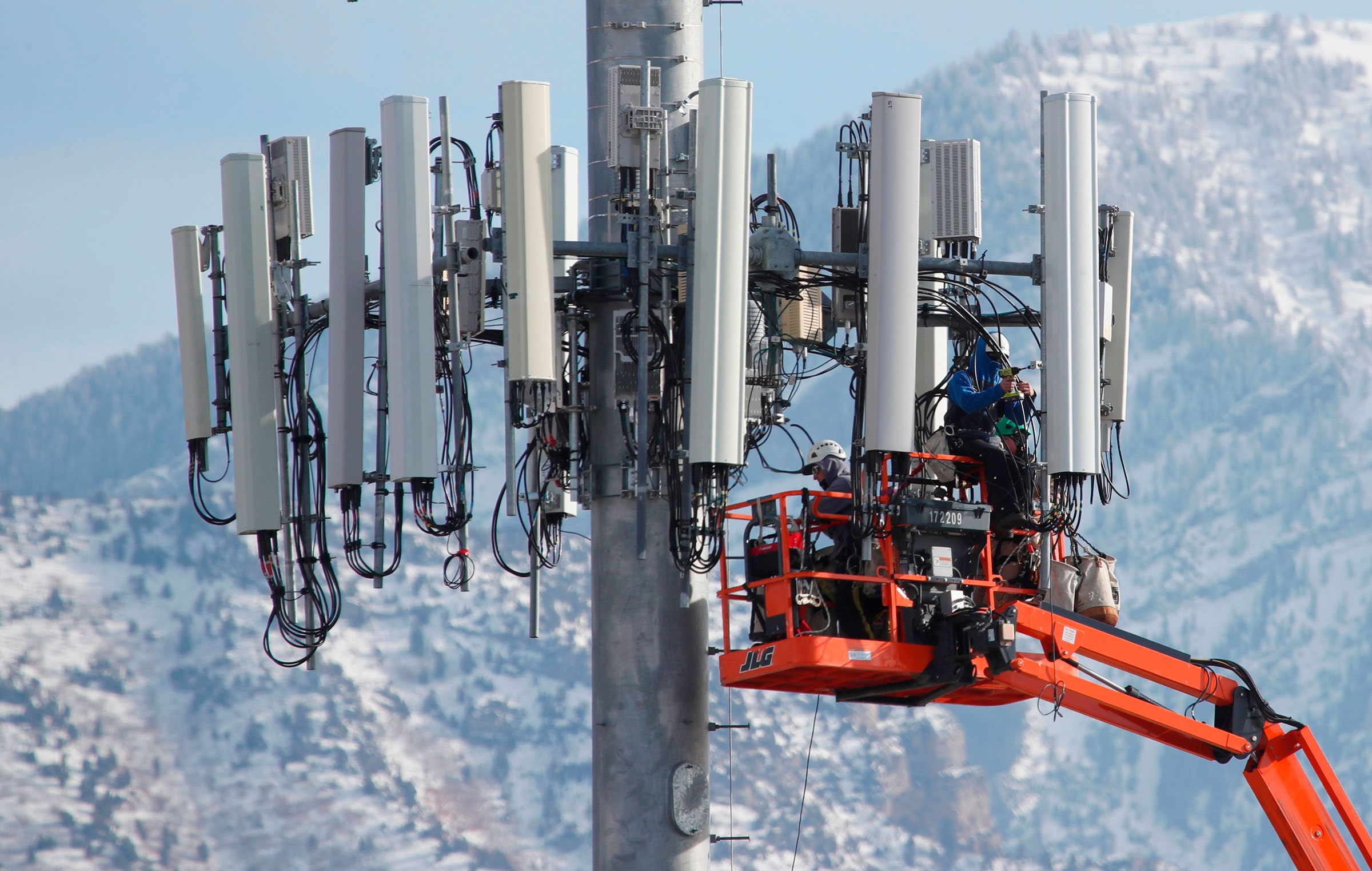If you've ever wandered through a city and spotted tiny 5G cell towers placed on poles for street lighting. They look like small boxes however they're actually sending wireless signals from mobile providers to your phone.
The smaller ones are being replaced by larger, purpose-built cell towers. While they're not as noticeable however, they could create problems for those who live nearby.
It is the of the FCC's Radiation Exposure Thresholds
The FCC's Radiation Exposure Thresholds establish the safe distance that an individual can be exposed to electromagnetic energy generated by wireless devices. The exposure limits are based on scientific data that show that RF energy can be harmful to human health.
The rate of absorption called the specific absorption rate (SAR) is a measure of the radiofrequency energy absorbed by tissue. It's usually 1.6 watts per kilogram, calculated over one kilogram of tissue.
But, since 5g operates at higher frequencies this could be able to increase the intensity of energy on the skin and other exposed body areas. This can lead to a wide range of possible harms, such as an increase in development of skin diseases like dermatitis, skin cancer and cataracts.
Due to the potential for severe effects of 5g radiation , PSU has chosen to establish a general, localized power density limit of 4 mW/cm2 based on the average on 1cm2, and not to exceed 30 minutes for all 5G services at 3000 GHz. This localized limit is in accordance with the maximum SAR spatial-average of 1.6 W/kg averaged over 1 5 grams of body tissue, at 6 GHz.
The FCC's Maximum Exposure Thresholds
Have you ever used a cell phone, you probably know that the safest distance from the tower is around 400 meters away. This is due to the power of transmission from the cell tower is significantly increased the farther you are from it.
Although this may sound like an ideal idea, the reality is that people living in close proximity to towers may actually be more susceptible to health problems. For instance, a study conducted in 2014 in India found that those who lived within 50 meters of cell towers experienced much more health problems than those who were distance from them.
However, this study also revealed that those who relocated into areas farther away from cell towers experienced their symptoms improve within a few days. Studies have also demonstrated that exposure to extreme levels of radiofrequency electromagnetic fields (EMFs) can cause brain tumors, cancer as well as other health issues.
5g disadvantages is due to the fact that radiofrequency radiation, used in wireless communication, can penetrate the human body's outer layer, the skin. This is important to understand because the skin serves as a protective barrier against injuries caused by mechanical forces, infections caused by pathogenic microorganisms and the entry of harmful substances. Additionally, it is the biggest organ in the human body. It is responsible for keeping the integrity of other organs.
The FCC's Minimum Exposure Thresholds

The FCC's Minimum Exposure Thresholds are based on numerous assumptions that are not supported by evidence from science. They include the incorrect assumption that short-term exposures to RF radiations are not harmful due to the limited absorption into body (i.e., tissue heating).
This also overlooks the more extensive penetration of ELF components of modulated RF signals, as well as the effects of brief bursts of heat caused by RF pulses. These theories are not compatible with current understanding of the biological consequences of RF radiation. As such they shouldn't be used for health protective exposure standards.
Additionally to that, ICNIRP and FCC restrict the maximum limits of exposure to peak local SARs, based on the maximum spatial specific absorption rate (psSAR), which can be described as an inadequate dosimetric tool to determine the degree of radiation exposure. Particularly it is inconclusive for frequencies that exceed 6 GHz. In addition, psSAR is not been evaluated for RF radiation that is exposed to other agents of the environment such as sunlight. The interactions of RF radiation with other environmental agents could produce synergistic or antagonistic effects. This can lead to an increased risk of adverse health effects. For example, co-exposure to RF radiation along with exposure to sunlight can increase the risk of skin cancer and exacerbate other skin diseases such as acne.
